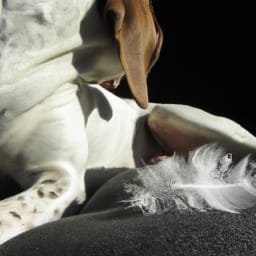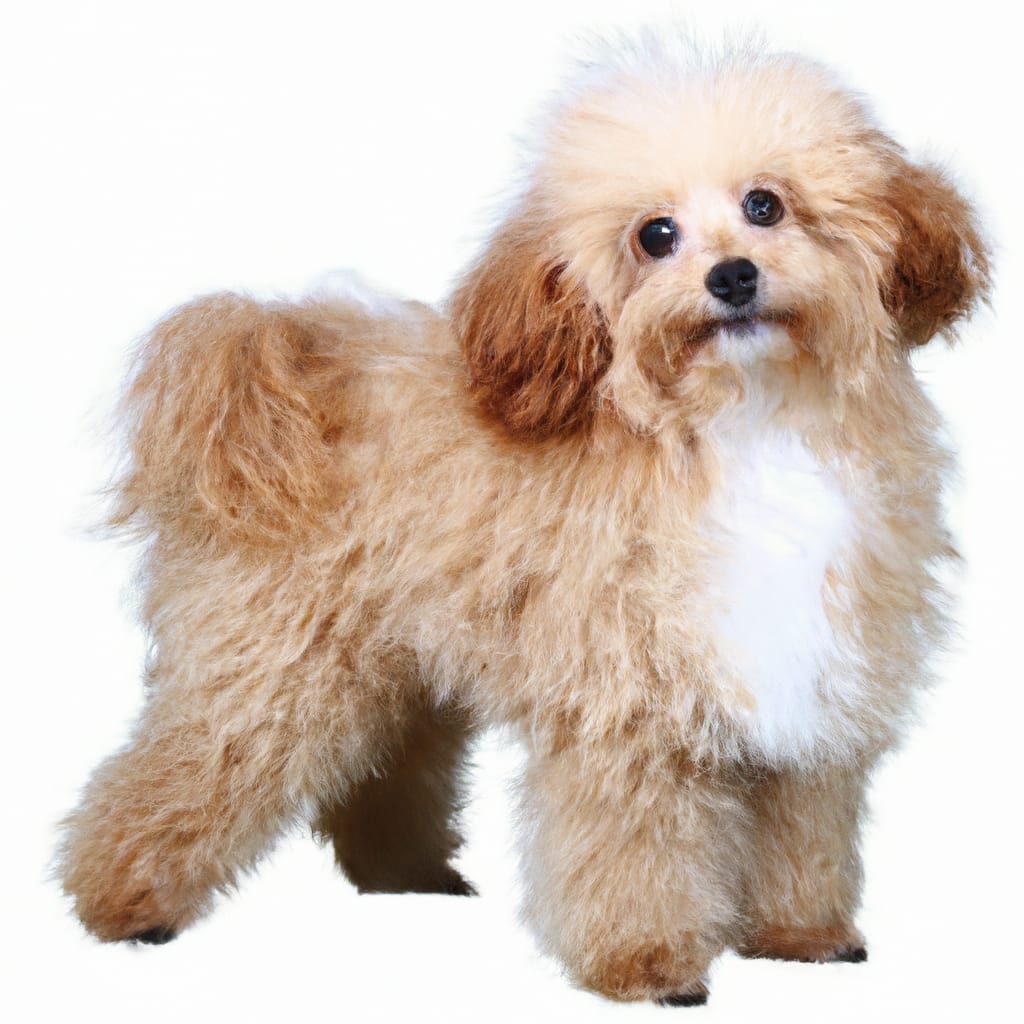Labrador Retriever Shedding: Why Do Labs Shed?
Labrador Retriever Shedding information if you’re a proud owner of a Labrador Retriever, you’re probably all too familiar with the constant shedding that comes along with this lovable breed. But have you ever wondered why Labrador Retrievers shed so much? In this article, we’ll take a closer look at the shedding habits of these furry friends and explore the reasons behind their excessive hair loss. From understanding their breed characteristics to exploring potential health issues, we’ll uncover the secrets behind Labrador Retriever shedding and provide you with some helpful tips to manage it effectively. So, grab your lint roller and let’s get started!
Genetics and Breed Characteristics
Labrador Retrievers are a popular breed known for their friendly and outgoing personalities. They also have a distinctive coat that comes in three different colors: yellow, black, and chocolate. When it comes to shedding, Labrador Retrievers are considered moderate to heavy shedders, and this is a result of their genetics and breed characteristics.
Hair Type and Length
Labrador Retrievers have a short, dense, and water-resistant double coat. The outer coat consists of coarse guard hairs that repel water, while the undercoat provides insulation. The texture of their coat helps protect them from various weather conditions, making them excellent retrievers.
Double Coats
One of the reasons why Labrador Retrievers shed is because they have a double coat. Double coats are common in many breeds, and they consist of guard hairs and an undercoat. The undercoat is responsible for providing insulation and keeping the dog warm in cold weather. The guard hairs protect the undercoat and provide a barrier against dirt, debris, and water.
Shedding Seasons
Labrador Retrievers experience shedding throughout the year, but they tend to shed more heavily during the change of seasons. This shedding is known as “blowing coat,” and it usually happens twice a year. During this time, Labrador Retrievers shed their undercoat to prepare for the upcoming season. Shedding can last anywhere from a few weeks to a couple of months, depending on the individual dog.
Health and Nutrition
The health of a Labrador Retriever’s skin plays a vital role in shedding. Several factors can contribute to skin issues and increased shedding in Labrador Retrievers.
Skin Health
Proper skin health is essential in minimizing shedding. Ensuring your Labrador Retriever has a healthy diet, regular grooming, and stays hydrated can improve the condition of their skin. A balanced diet with high-quality ingredients and essential nutrients can help prevent dryness, flakiness, and excessive shedding.
Allergies
Labrador Retrievers are prone to allergies, which can manifest as skin irritations. Allergies can be triggered by various factors, including food ingredients, environmental allergens (such as pollen or dust mites), and certain substances. Allergies can lead to itching, scratching, and skin inflammation, which can result in increased shedding.
Skin Infections
Skin infections, such as bacterial or fungal infections, can also contribute to shedding in Labrador Retrievers. These infections can cause itchiness, redness, and discomfort, leading to excessive scratching and shedding. Regular check-ups with a veterinarian can help identify and treat any skin infections promptly.
Poor Diet
A poor diet lacking essential nutrients can affect the overall health and condition of a Labrador Retriever’s skin. Inadequate nutrition can result in dryness, dandruff, and increased shedding. Providing a balanced diet with high-quality proteins, fats, vitamins, and minerals can promote healthy skin and minimize shedding.
Grooming and Maintenance
Regular grooming and maintenance play a significant role in managing shedding in Labrador Retrievers.
Brushing
Brushing your Labrador Retriever’s coat regularly helps remove loose hair and prevents it from spreading throughout your home. A slicker brush or a shedding tool can be used to effectively remove dead hair from the undercoat. Brushing should be done at least once or twice a week, and more frequently during shedding season.
Bathing
Bathing your Labrador Retriever regularly can help keep their coat clean and minimize shedding. Use a gentle dog shampoo that is specifically formulated for their coat type. Be sure to rinse thoroughly to remove all shampoo residue, as leftover residue can cause skin dryness and irritation.
Regular Check-ups
Regular veterinary check-ups are essential in maintaining your Labrador Retriever’s overall health, including their skin and coat condition. Your veterinarian can identify any underlying health issues that may be contributing to excessive shedding and provide appropriate treatment.
Proper Nutrition
Proper nutrition is crucial in managing shedding. Ensure your Labrador Retriever is on a balanced diet that meets their nutritional needs. Consult with your veterinarian to determine the best diet for your dog, taking into consideration their age, activity level, and any specific health concerns.
Supplements
Certain supplements, such as fatty acids or omega-3 supplements, can promote healthy skin and reduce shedding in Labrador Retrievers. Consult with your veterinarian to determine if supplements are necessary for your dog’s specific needs.
Hydration
Proper hydration is essential for maintaining healthy skin and coat. Provide your Labrador Retriever with fresh water at all times and encourage regular water intake.
Clean Living Environment
A clean living environment can help minimize shedding in Labrador Retrievers. Regularly vacuuming and cleaning your home, especially areas where your dog spends a lot of time, can help remove loose hair and reduce allergens that may contribute to shedding.
Temperature Regulation
Labrador Retrievers have evolved to withstand different weather conditions, and their coat plays a significant role in temperature regulation.
Thermoregulation
The double coat of a Labrador Retriever helps them regulate their body temperature. During colder weather, the undercoat provides insulation and keeps them warm. In warmer weather, the outer coat helps protect them from the sun’s rays and provides ventilation to keep them cool.
Insulation
The undercoat of a Labrador Retriever acts as insulation, providing an extra layer of warmth during colder months. However, during shedding season, the undercoat is shed to adjust to the changing temperature. This shedding is necessary for the dog to stay comfortable and regulate their body temperature effectively.
Summer Shedding
During the summer months, Labrador Retrievers shed their undercoat to keep cool. Shedding helps remove excess fur that would otherwise trap heat, allowing the dog’s skin to breathe and promoting better airflow over their body. Summer shedding is a natural process and is necessary for the dog’s comfort in warmer weather.

Hormonal Influences
Hormonal changes and imbalances can also affect shedding in Labrador Retrievers.
Pregnancy and Lactation
Female Labrador Retrievers may experience increased shedding during pregnancy and lactation. Hormonal fluctuations can cause changes in the coat, including increased shedding. This shedding usually returns to normal after the pregnancy and lactation period.
Heat Cycles
Female Labrador Retrievers go through heat cycles, during which their hormone levels fluctuate. These hormonal changes can sometimes result in increased shedding. The shedding is typically temporary and returns to normal once the heat cycle is complete.
Hormonal Imbalances
Hormonal imbalances, such as those caused by certain medical conditions, can lead to excessive shedding in Labrador Retrievers. If you notice abnormal or prolonged shedding, it is important to consult with your veterinarian to rule out any underlying hormonal issues and determine the appropriate treatment.
Stress and Anxiety
Stress and anxiety can have an impact on shedding in Labrador Retrievers.
Emotional Distress
Labrador Retrievers are sensitive and social dogs, and emotional distress can manifest in various ways, including increased shedding. Changes in their environment, routine, or the addition of a new family member can cause stress and lead to excessive shedding. Providing a stable and nurturing environment can help minimize emotional distress and shedding.
Separation Anxiety
Labrador Retrievers are known for their attachment to their owners, and separation anxiety can trigger increased shedding. When left alone for extended periods, Labrador Retrievers may experience stress and anxiety, leading to excessive shedding. Proper training, gradual departures, and providing mental and physical stimulation can help alleviate separation anxiety and reduce shedding associated with it.
Age and Development
Different stages of a Labrador Retriever’s life can affect shedding patterns.
Puppy Coat Development
Labrador Retriever puppies have a different coat texture compared to adult dogs. As they grow, their puppy coat gradually transitions into their adult coat. During this transition, puppies may experience increased shedding as their old coat is replaced by their adult coat.
Adult Coat Transition
As Labrador Retrievers mature, their adult coat develops fully, and shedding patterns stabilize. Shedding becomes more predictable during adulthood, with more noticeable shedding during seasonal coat changes.
Senior Dogs
In their senior years, Labrador Retrievers may experience changes in their coat and increased shedding. Aging can affect the quality of their skin and coat, resulting in dryness or thinning. Regular veterinary check-ups and appropriate care can help manage shedding in senior Labrador Retrievers.
Environmental Factors
Various environmental factors can influence shedding in Labrador Retrievers.
Seasonal Changes
Seasonal changes, such as temperature fluctuations and photoperiod (length of daylight), can trigger shedding in Labrador Retrievers. Dogs often shed their undercoat in preparation for warmer weather or colder temperatures. These seasonal changes are natural and part of a Labrador Retriever’s natural adaptation to their environment.
Indoor Environment
The indoor environment can also impact shedding. Dry indoor air, low humidity, and artificial heating or cooling systems can contribute to dry skin and increased shedding. Providing adequate humidity and maintaining a comfortable indoor environment can help minimize shedding caused by dryness.
Allergens
Indoor and outdoor allergens, such as pollen, dust mites, or certain types of grass, can trigger allergies in Labrador Retrievers. Allergies can lead to skin irritations, itching, and increased shedding. Regular cleaning and minimizing exposure to known allergens can help reduce shedding caused by allergies.

Expectations and Preparations
As a Labrador Retriever owner, it is essential to set realistic expectations and be prepared for shedding.
Acceptance of Shedding
Labrador Retrievers are known for their shedding, and it is a natural part of their breed characteristics. Accepting that your dog will shed and understanding the factors that contribute to shedding can help you manage and minimize its impact.
Tools and Products
Investing in proper grooming tools and products can make shedding more manageable. Slicker brushes, shedding tools, and deshedding shampoos can help prevent excessive shedding and promote a healthy coat. Consult with professional groomers or veterinarians for recommendations on the best tools and products for your Labrador Retriever.
Shedding Control Measures
While it may not be possible to completely eliminate shedding in Labrador Retrievers, there are measures you can take to control and minimize shedding. Regular brushing, appropriate grooming, maintaining a healthy diet, and addressing any underlying health issues can all contribute to reducing shedding in Labrador Retrievers.
Conclusion
Labrador Retrievers are wonderful pets known for their friendly temperament and beautiful coat. Shedding is a natural part of their breed characteristics, influenced by genetics, health, environment, and hormonal factors. Understanding the causes of shedding and implementing proper grooming, nutrition, and care can help manage shedding and keep your Labrador Retriever healthy and comfortable. Embrace the shedding process as part of owning a Labrador Retriever and appreciate the love and joy they bring to your life.














